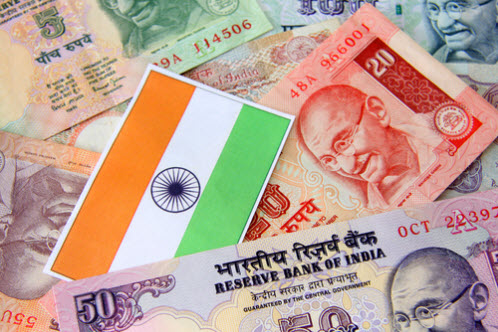| Science and Technology in India |
Since independence in 1948, India has focused its economic and industrial development on science and technology.
The rise of India
First of all, it can be noted that Indian scientists do not position themselves as mere recipients of the international research effort, but rather contribute greatly to the progress of science. This is partly due to the Indian Government's determination that research objectives are not dictated to them by other countries.
As early as 1948, India focused on areas such as defence, space, nuclear, and life sciences technologies. Currently, energy and transport, communications and information technologies, as well as nano-technologies, biotechnology, genetic engineering and their applications are the sectors that are developing most. All this research is possible only through a growing budget effort.
PUBLIC RESEARCH BUDGETS FOR THE YEAR 2007-2008
| SECTORS | MILLIONS EURO |
|---|---|
| NUCLEAR | 654,5 |
| Space | 665,2 |
| DEFENCE | 549,3 |
| AGRICULTURE | 424,1 |
| MEDICINE | 262,1 |
In addition, the development of science and technology parks on university campuses has allowed for the transfer of technology and thus an increase in patents granted to Indian depositors.
AMERICAN PATENTS AGREED TO INDIAN DEPOSITORS

The research is organized around two sensitive departments that report directly to the Prime Minister:
**Atomic energy
**space.
It is also organized around four departments which are grouped within the Ministry of Science and Technology:
**The Directorate of Scientific and Industrial Research (DSIR)
**The Department of Science and Technology (DST)
**The Directorate of Biotechnology (DBT)
**The Directorate of Oceanographic Development (DOD).
This power is achieved through the establishment of teaching and research structures:
Research organizations such as the Council of Scientific and Industrial Research (CSIR), the Indian Council of Agricultural Research (ICAR) and the Indian Council for Medical Research (ICMR);
Universities such as those of PUNE, DELHI and JAWAHARLAL NEHRU, BANGALORE and ANNA (Chennai) are the most active;
Institutes such as the 7 Institutes of Technology (IIT) (Mumbai, Chennai, Delhi, Kanpur, Kharagpur, Guwahati, Roorkee) and the Institute of Science in Bangalore (IISc) which qualify as centers of excellence.
Global results
1* Information Technology and Telecommunications
- launch of the INSAT-4A satellite of 3.1 tons in 2005.
2* Use of space
- GSLV Indian rocket
- orbiting and landing of a probe around the moon.
3* Nuclear energy
- 15 reactors at 6 sites produce 4% of India's electricity consumption.
4* Home of Major Group Research Centers
- General Electric, Daimler, Chrysler, Exxon ... IBM, Microsoft, Google, Intel, Motorola, Lucent, Sun ...
A growing internationalization
The most important partners in India are:
*Russia
*United States
*the United Kingdom
*Japan
*Germany
*France: this Franco-Indian collaboration takes place with CEFIPRA (the Franco-Indian Center for the Promotion of Advanced Research), a center (CSH) and an institute (IFP) / MAE, 9 joint laboratories created since 1999 5 networked programs (P2R)
*Canada
*Italy
*China
*Taiwan


No comments:
Post a Comment